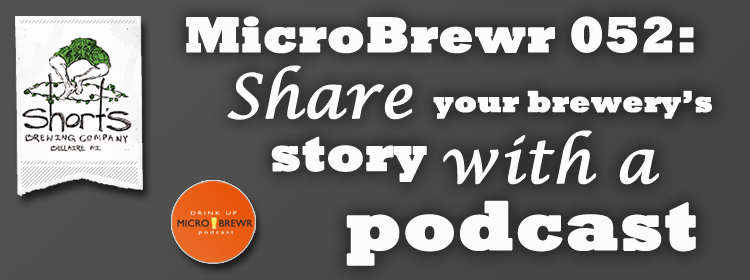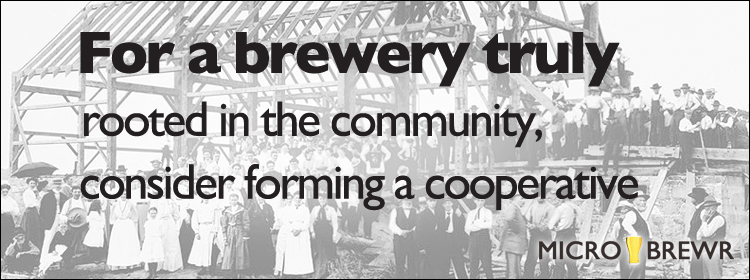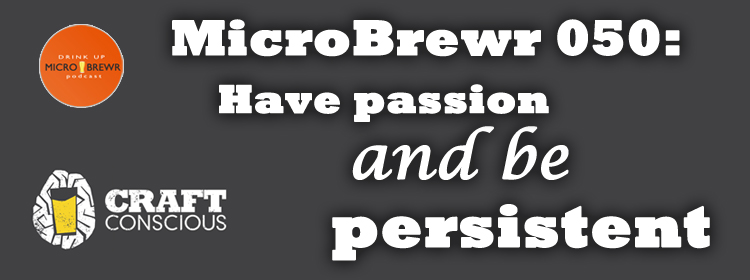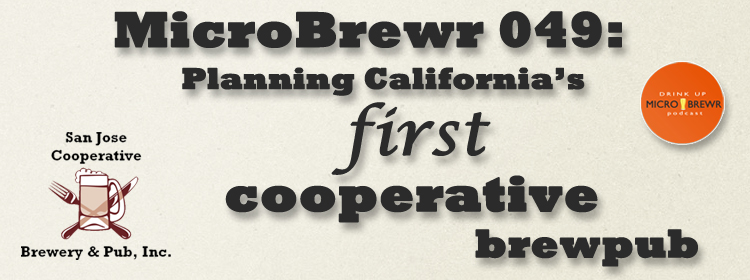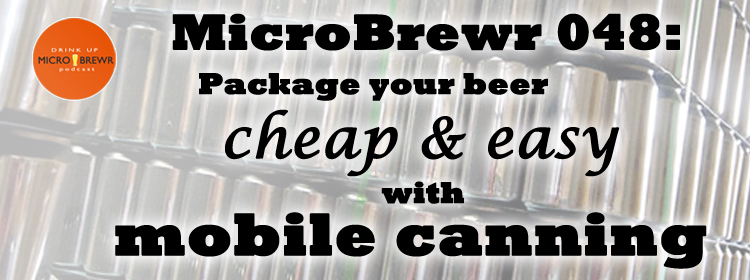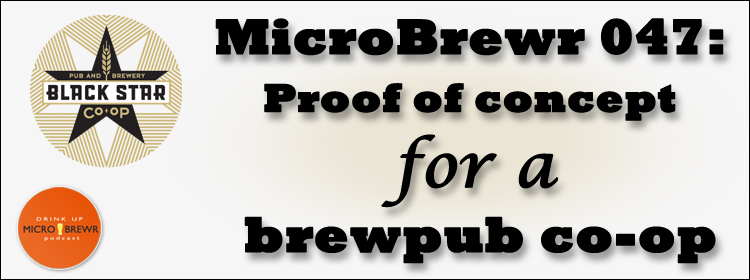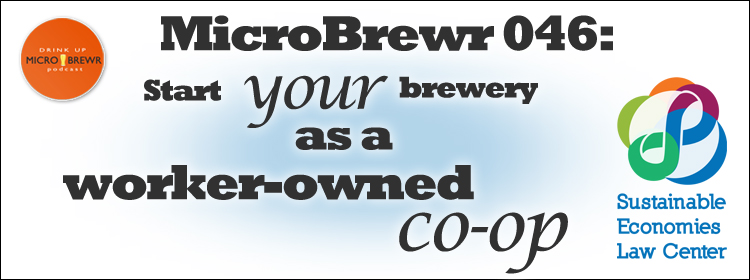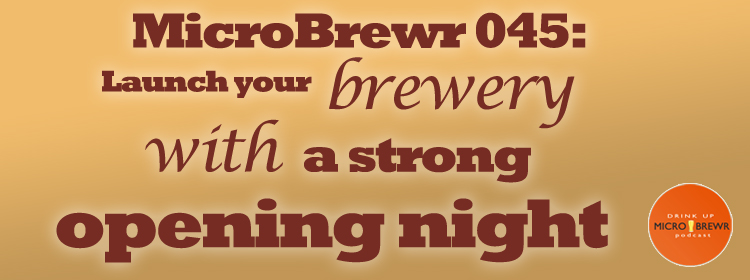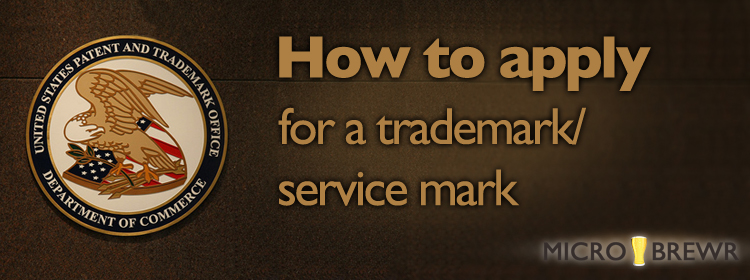MicroBrewr 052: Share your brewery’s story with a podcast
Podcast: Play in new window | Download | Embed
Subscribe: RSS
Joe Short started Short’s Brewing Company in Bellaire, Michigan in 2004. Today Short’s Brewing is one of the fastest growing of Michigan breweries. Their young, savvy marketing program includes a podcast.
“A large part of making people aware of us,” says Joe, “is the fact that we are always able to just tell our story through photos and blogging in the early days through our website. When we added more people to the team, we started picking up things like Facebook and Twitter. Now we’re able to work with Mike to bring us to the next level, which is the podcast.”
Short’s Brewing contracts with Mike Moran, Quarter After Productions, to produce their weekly podcast. His team of 3 editors and 2 interns works on 9 podcasts.
“This story is very honest,” says Mike, “and it’s one of the coolest business stories I’ve seen in Northern Michigan in a long time. I’m super lucky to be able to be a part of it and capture it.”
The podcast, called Short’s Cast, is a great tool to keep the brewery’s audience updated. Regular features on the podcast include:
- Music recorded from live performances at the pub.
- Announcements of beer releases.
- Interviews with musicians who perform at the pub.
- General announcements.
“We’re sharing the business story or a culture we’re creating,” explains Joe.
A podcast provides an outlet to share your brewery’s story with a worldwide audience.
“The majority of the listeners,” says Mike, “are outside of the Northern Michigan area. It reaches out to a lot of the fans who can’t be here in Northern Michigan. They use the podcast as a source of information [about the brewery].”
Brewery specs:
Kettle size: 32 BBL.
Size and quantity of fermentation tanks: 4, 100-BBL fermenters; 1, 70-BBL fermenter.
Size and quantity of bright tanks: 16, 90-BBL bright tanks and 7, 60-BBL bright tanks which are sometimes used as fermenters.
Annual brewing capacity/last year’s production: 60,000 BBL/year capacity. Brewed 34,443 BBL last year (1.067 million US Gallons or the equivalent volume of 6.44 billion melted M&Ms).
Square footage: 13,500 sq. ft.
Years in operation: 10 years at the brewpub (opened 2004). 6 years at the production brewery (opened 2009).
“A large part of making people aware of us is that we are always able to tell our story.” [Tweet This]
Listener question:
If you could ask one question to every brewer or brewery owner, what would you ask? Let me know.
Book recommendation:
- Podcast Launch: A Step by Step Podcasting Guide (audio version) by John Lee Dumas.
- Tesla: Man Out of Time by Margaret Cheney.
Check out the entire list of recommended books, click here.
An upcoming beer style:
Gose
Other resources:
- How to Start a Podcast – A Step-By-Step Podcasting Tutorial, Pat Flynn’s YouTube channel.
- How to Start a Podcast – Pat’s Complete Step-By-Step Podcasting Tutorial by Pat Flynn, Smart Passive Income, October 22, 2012
- The Story of Hallow Wean, by Joe Short, Short’s Cast, October 31, 2014.
- GarageBand, by Apple.
- Quarter After Productions, Podcast and Music Production in Northern Michigan.
You can reach Joe Short, Mike Moran, and Short’s Brewing Company at:
Sponsors:
“Fast, reliable, affordable, web hosting.”
Support MicroBrewr
Help keep MicroBrewr on the air. CLICK HERE for ways you can help.

